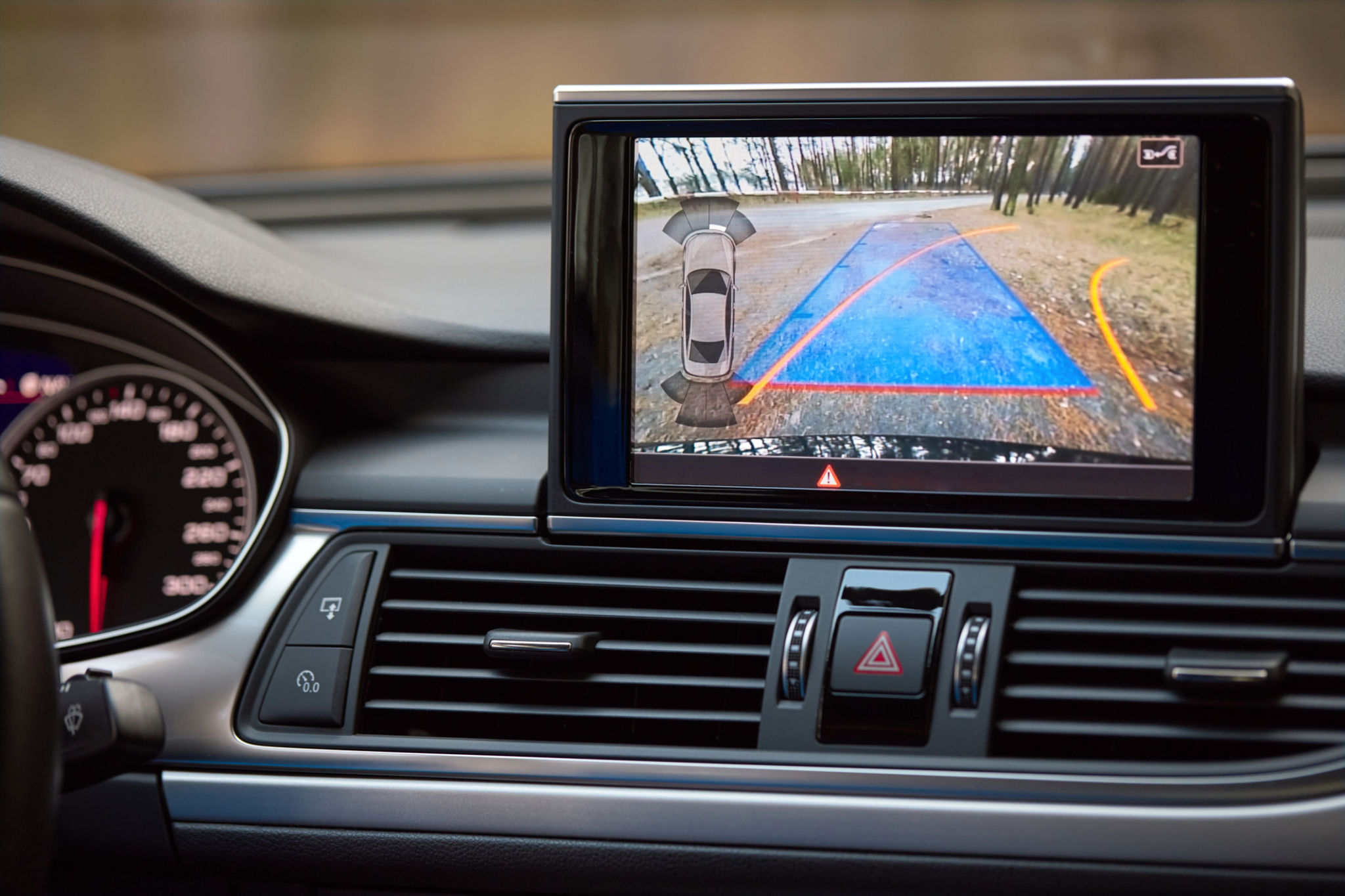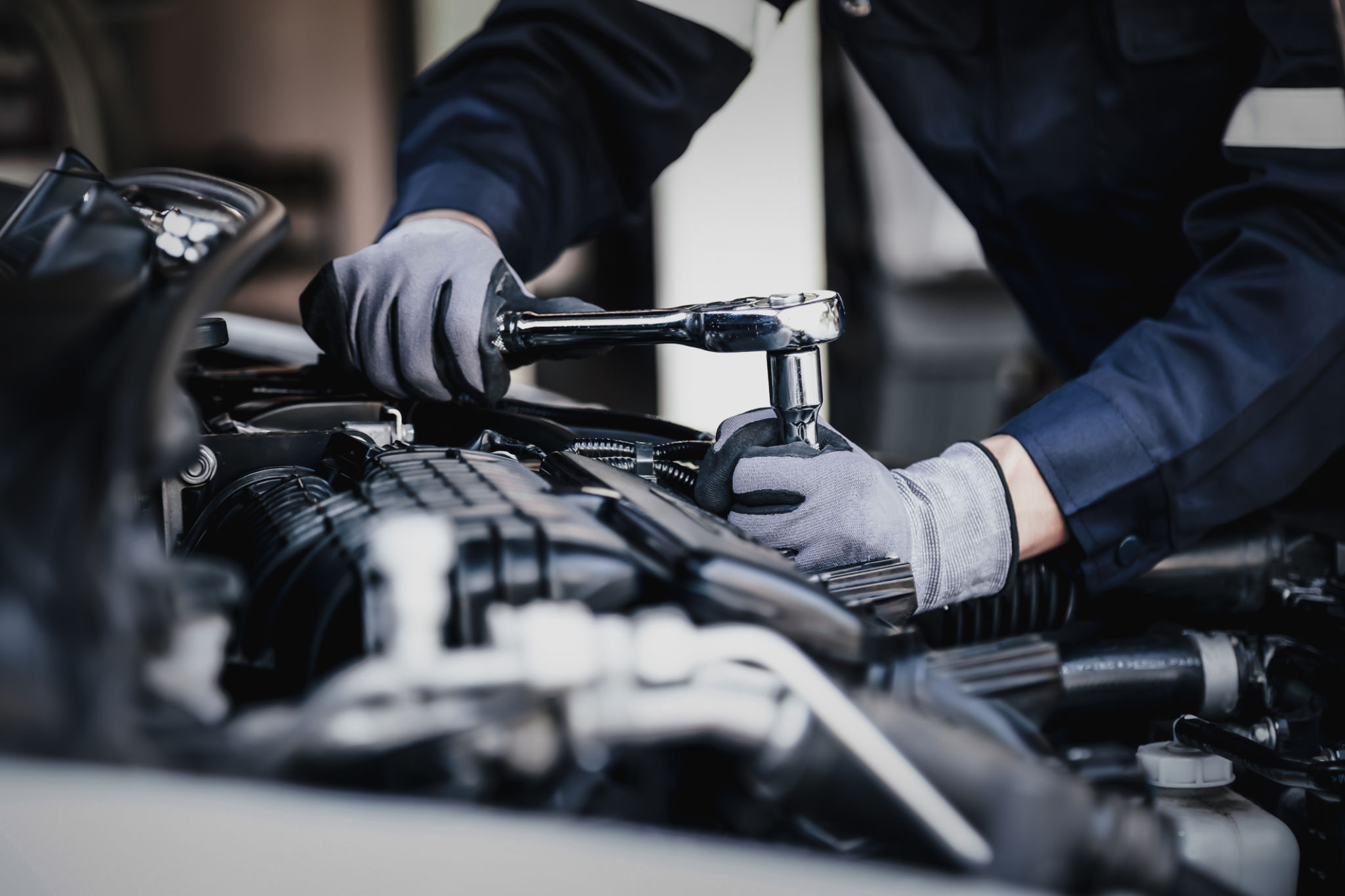Understanding ADAS Calibration: Why It's Crucial for Safe Driving
Understanding ADAS Calibration
Advanced Driver Assistance Systems (ADAS) represent a significant leap forward in automotive technology, providing enhanced safety and convenience features that support drivers in various situations. These systems rely on a network of sensors, cameras, and other technologies to function effectively. However, for ADAS to perform optimally, proper calibration is essential. Without it, the reliability and accuracy of these systems can be compromised, leading to potential safety risks.

What is ADAS Calibration?
ADAS calibration refers to the process of adjusting and testing the sensors and cameras that make up the system to ensure they are operating correctly. This involves aligning these components precisely to the vehicle's specifications. Calibration may be necessary after certain events such as a collision, windshield replacement, or suspension repair. Skipping this crucial step could result in incorrect readings or system malfunctions.
There are two main types of ADAS calibration: static and dynamic. Static calibration is performed in a controlled environment, usually a workshop, with the vehicle stationary. Dynamic calibration involves driving the vehicle under specific conditions as outlined by the manufacturer. Both methods are vital for accurate system performance.
Why is ADAS Calibration Crucial?
The importance of ADAS calibration cannot be overstated. Proper calibration ensures that features such as lane departure warning, adaptive cruise control, and automatic emergency braking operate as intended. Misalignment can lead to false alerts or failures to warn drivers of real dangers. This could increase the risk of accidents, undermining the very purpose of these safety systems.

Additionally, with the rise of autonomous vehicle features, accurate ADAS calibration is even more critical. As cars become more reliant on these technologies for semi-autonomous functions, any discrepancies in sensor readings could lead to severe consequences on the road.
When Should Calibration Be Performed?
Calibration should be performed whenever there is a change or repair to the vehicle that could affect the sensors or cameras. This includes:
- After a collision or accident
- Following a windshield replacement
- After suspension repairs or modifications
- If there are fault codes related to the ADAS system
Regular maintenance checks are also a good opportunity to verify that ADAS components are functioning correctly.

The Role of Technicians in ADAS Calibration
Trained technicians play a pivotal role in ensuring that ADAS systems are calibrated accurately. They use specialized equipment and follow manufacturer guidelines to perform both static and dynamic calibrations. With advancements in technology, many automotive service centers are investing in state-of-the-art tools to handle various calibration tasks efficiently.
Choosing a reputable service provider with experienced technicians is crucial for maintaining the integrity of your vehicle's ADAS features. This investment in expertise not only enhances safety but also prolongs the life of your car's systems.
Conclusion
As vehicles become more technologically advanced, understanding the importance of ADAS calibration is essential for safe driving. Regular calibration ensures that these innovative systems work effectively, providing the protection and assistance they were designed for. By being proactive about maintaining your vehicle's ADAS features, you contribute to a safer driving experience for yourself and others on the road.